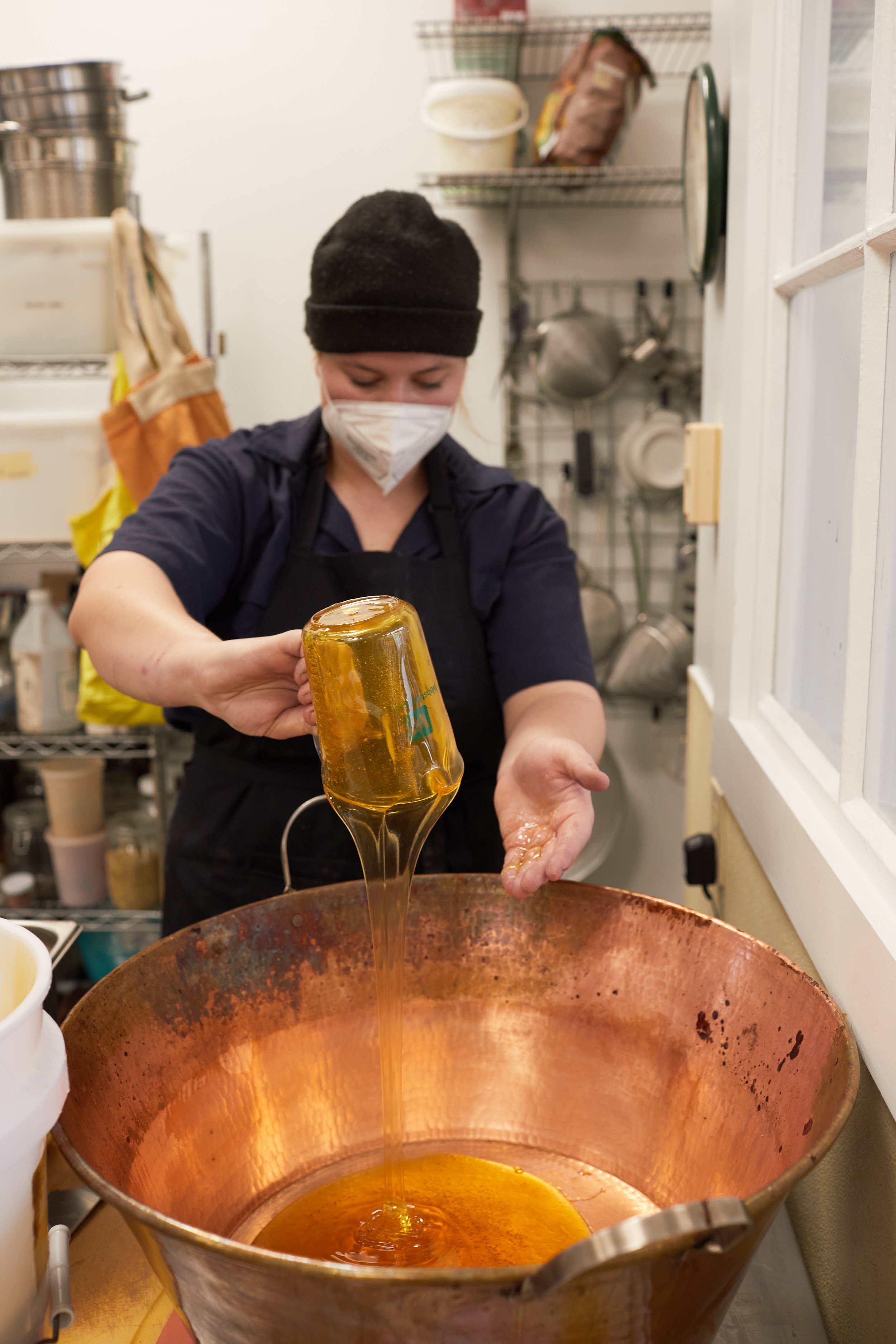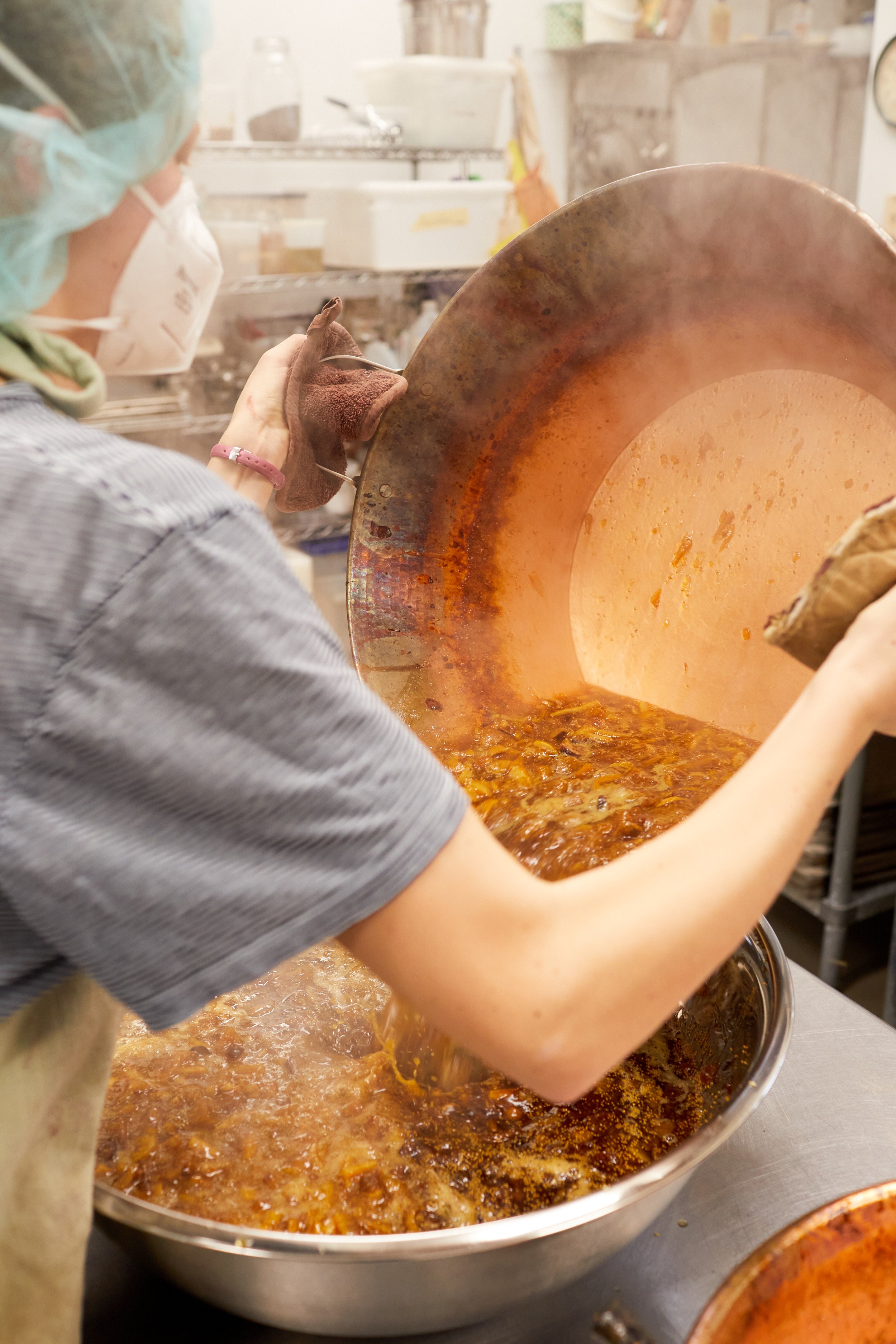
Born on my parents’ farm in Vermont I am the child of two 1970’s back-to-the landers.
the upbringing gave me absolute comfort in the kitchen and deep admiration for food craft.
My mother milked cows and made yogurt on our kitchen woodstove, delivering mason jars of yogurt for sale to stores and homes. My father fixed fences, turned the grassland to hay each summer and homeschooled his children. Our school year circled around the growing season. Food lay at the center of life. As a child this produced many discomforts. Mandatory chores, mulching, weeding, wood-hauling and putting hay in the barn made childhood more about labor than play. But the upbringing gave me absolute comfort in the kitchen and deep admiration for food craft. I had the privilege of cooking in the kitchens of Chefs Renee Erickson and Matt Dillon. After nine years on the west coast, spent in Los Angeles, Whidbey Island, and Seattle, I returned home with my partner Amy to the farm in New Haven Vermont. Here, with my mother and Amy, we are finding our way into the next, productive iteration of this farm
I love honey. I generally let it rule among sweeteners in my kitchen, but for preserves it’s not the classical choice.
In my early twenties, besieged by health issues, I stopped eating all sweeteners except for honey and fruit and adopted what is now referred to as a low-inflammation diet. I followed a protocol called the Special Carbohydrate Diet. I wanted to reset and improve my gut health. Strangely, getting sick propelled me into professional cooking. As I used diet to work on health, I spent more time in the kitchen. I stopped eating out. Making my own mayonnaise and mustard, replacing grocery store staples with my own versions only heightened my food curiosity. I wanted skills and I wanted to cook for others.While working in restaurant kitchens I kept it to myself that at home I cooked, baked, pickled and jammed with honey instead of sugar. In a restaurant kitchen, it’s easy to get caught up in ‘doing the right thing’, knowing the correct method for frying eggs, knowing there’s five ways to fry an egg, and knowing which way your boss wants their egg fried.
As a young cook I was very self-aware. I wanted to learn without letting on how much I truly didn’t know. I worried someone would call me naïve for making jam with honey.
I found the 1979 book called “Putting It Up With Honey” at the library. It’s written by California backyard farmer Susan Geiskopf. “Okay,” I thought, “maybe I’m not crazy for wanting to make preserves with honey.” I wondered, what was preserving like before sugar was the everyday staple it is now? Was honey more important for preserving then? Sugar is this magical substance, kind of like white flour. The textures and flavors attainable with these ingredients are inimitable, but when I read over and over in preserving books that you can’t make jam with only honey, I just didn’t believe it.
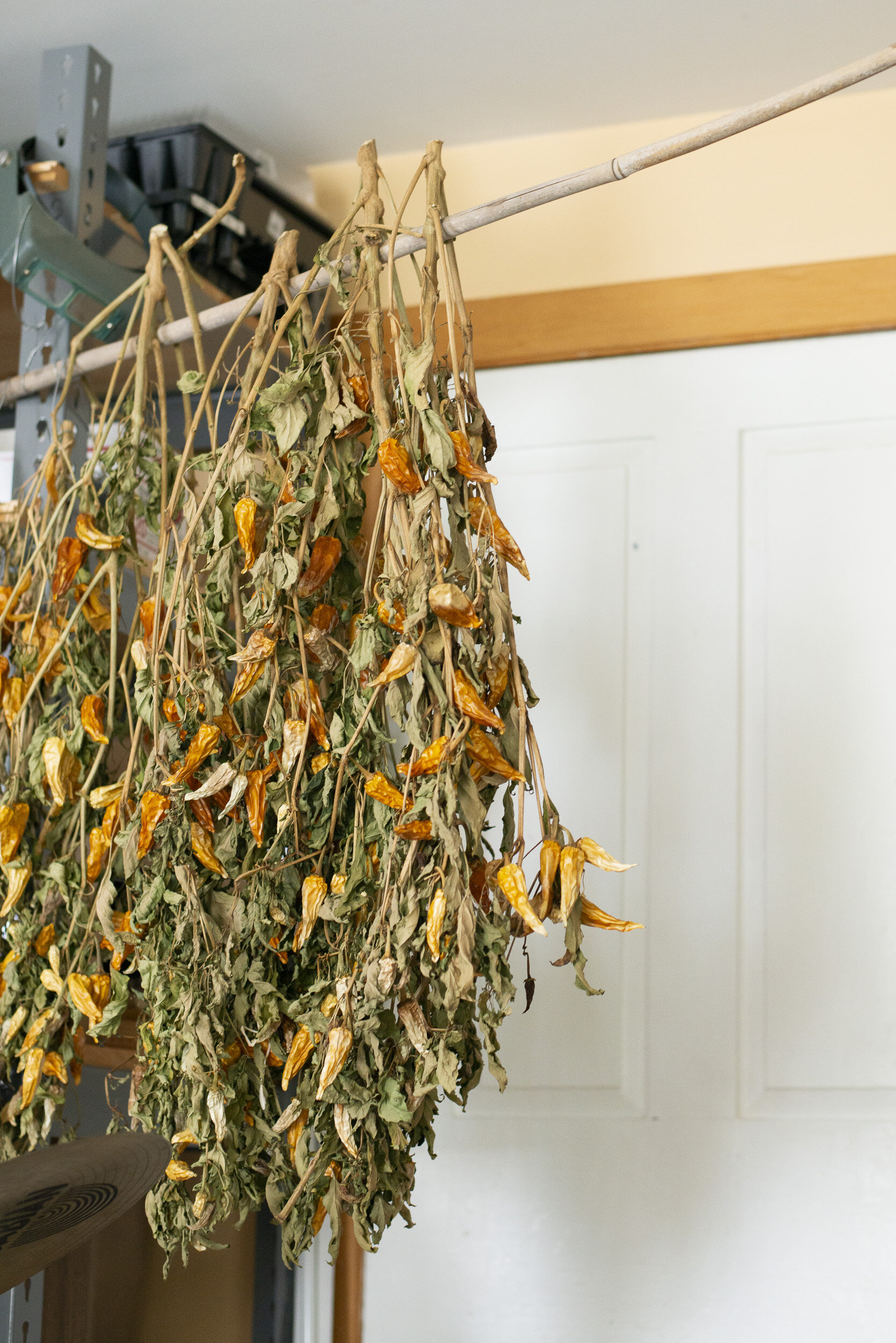
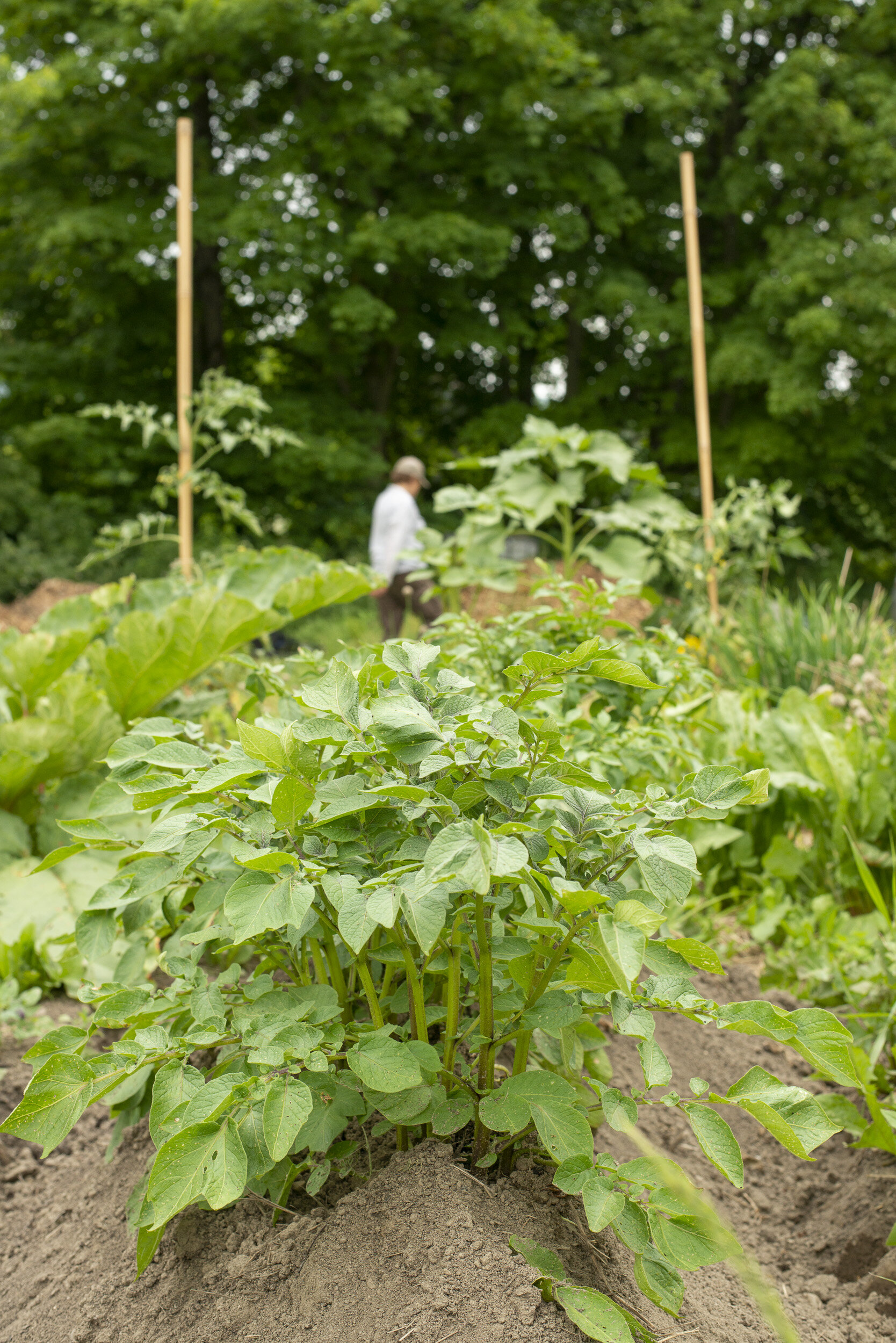
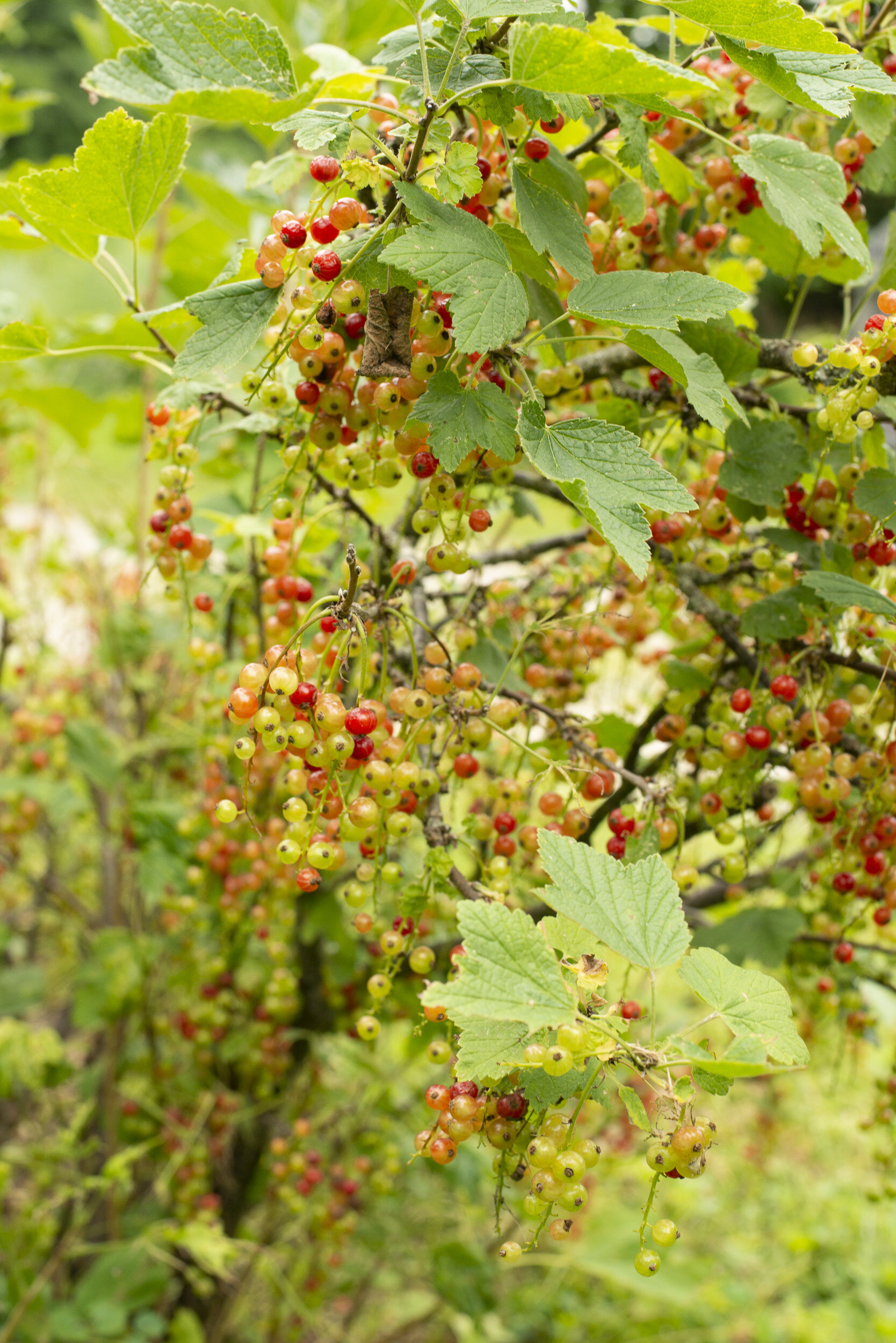
Preserves stand for potential; fruit harvested and stowed out of utility, out of anticipation, out of imaginings of the sweet breakfast in winter or succulent dinner promised by a jar of preserves.
In the hustle of working in a restaurant kitchen, I’ve savored the preserving projects. Preserves are the patient characters in the kitchen and pantry. They won’t be rushed and unlike so much of what we cook in a restaurant kitchen, preserves benefit from sitting for a couple of weeks.I discovered Rachel Saunder’s “The Blue Chair Jam Cookbook” when she held a round of classes in a Seattle teaching kitchen. At the time, Rachel ran a jam company in Oakland, CA. The Blue Chair Jam Cookbook is a picturesque dissertation on preserving fruit. The cookbook teaches how to make beautiful preserves, the kind studded with chunks of fruit, rich with color, and deep with ripe fruit flavor. I used Rachel Saunders’ work as the springboard for researching and developing recipes that use only fruit and honey and the occasional infusion of spices, herbs, and liqueurs.
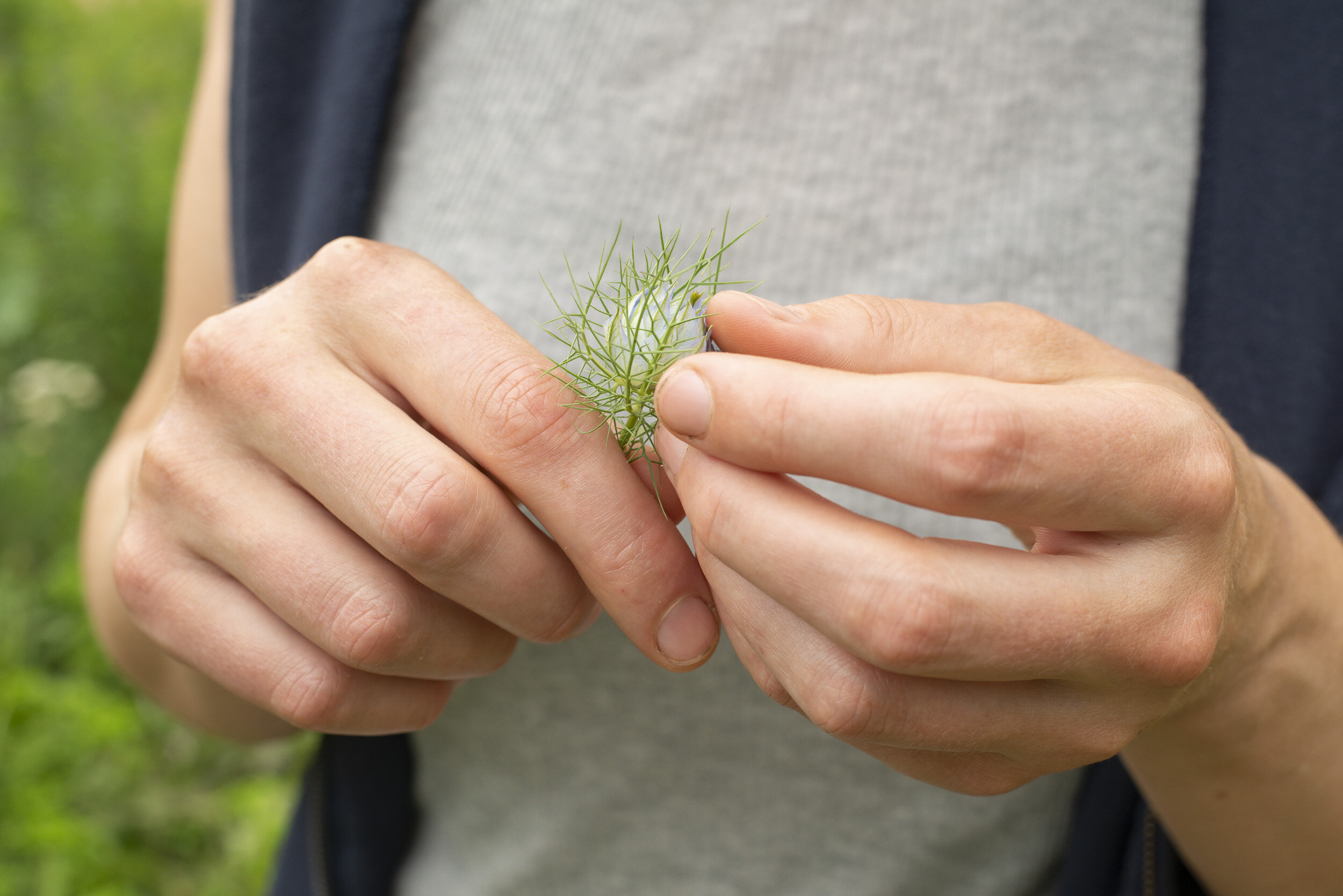
I started V Smiley Preserves knowing eventually I’d move home to the family farm and land in New Haven Vermont.
It had been years since my parent’s farmstead produced much more than hay. Pasture filled in with honeysuckle, my father has passed away, the fruit trees lost their shape. In 2015, we started referring to the New Haven parcel as Lil To Do Farm.
Saying it always makes me smile.
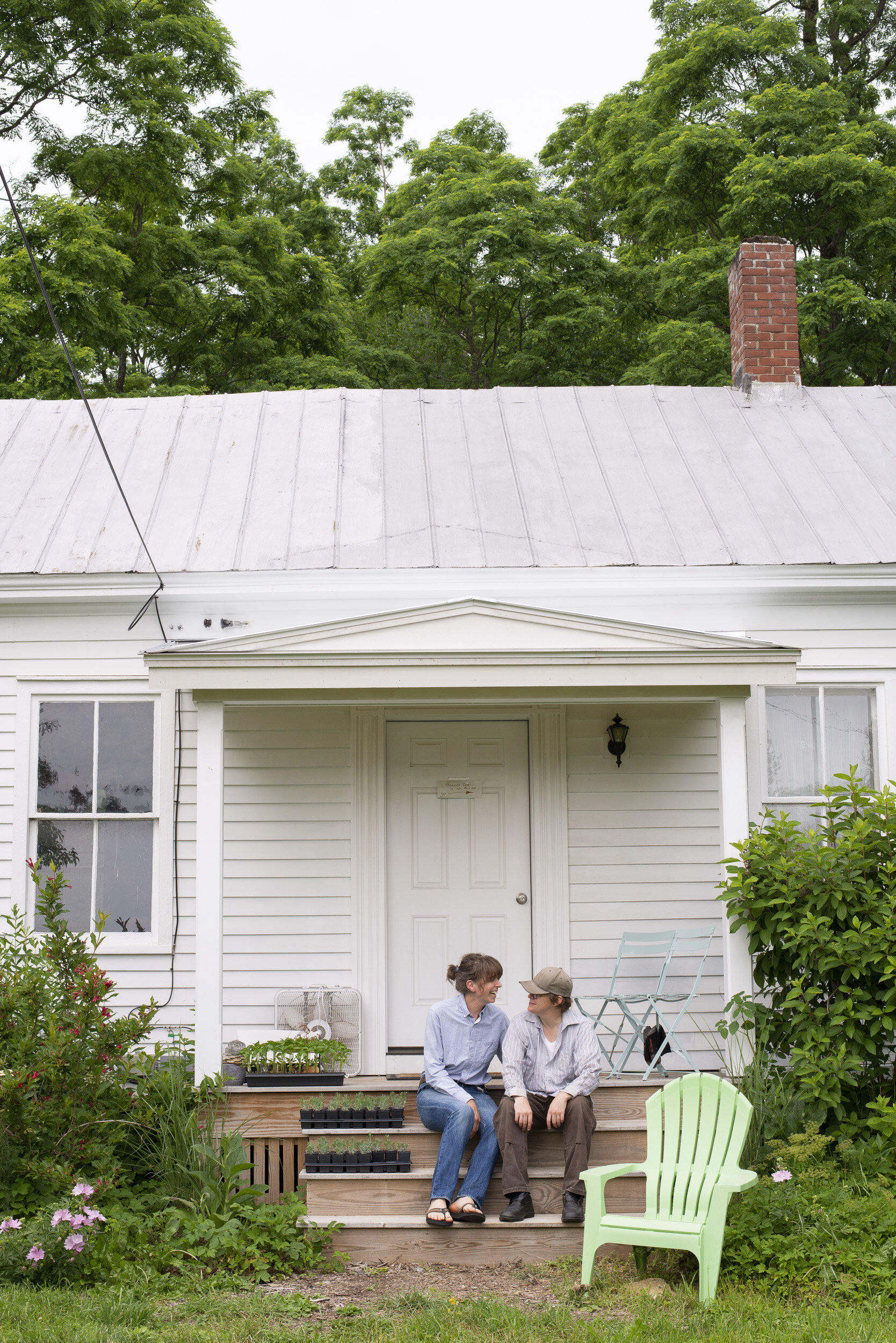
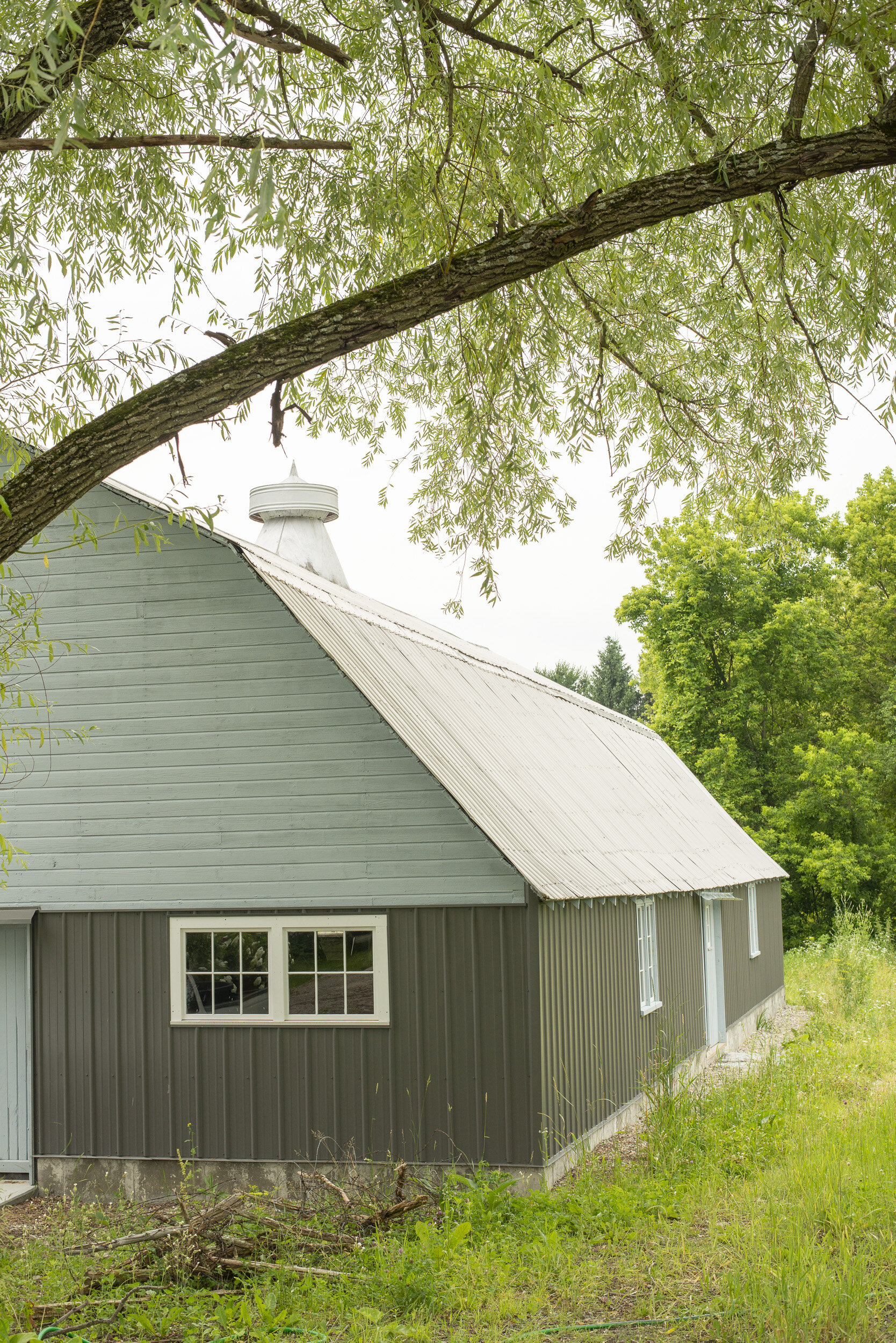

‘Lil To Do’ is ironic and an earnest nod to Amy’s low intervention farming approach inspired by Masanobu Fukuoka. Slowly each year, my mother, Amy and I plant more fruit, picking out difficult to find, unusual varieties and items that we could never have in too much quantity. There are never enough currants and raspberries and plums. I love them. Since returning to Vermont, I’ve cultivated ties to local fruit growers, building flavors around one farm’s gooseberry varieties or their massive black raspberry harvests. I want to maintain those relationships and plant accordingly, complementing, not competing in what we grow at Lil To Do Farm. That means jostaberries, honeyberry and lots of herbs and flowers that go into the preserves. As I considered starting a jam company in 2012, I saw the preserves ultimately fitting into a larger, farm driven business. I wanted to get back to restaurant cooking and hospitality with the family farm as the reason, the source, the inspiration. For a long time, I thought this meant building a commercial venture on the farm, but slowly as I settled into life here in Vermont, I realized it made more sense—in our rural, sleepy state—to head to Main St, but which Main Street? And with what money?
Those questions captivated approximately 4 years of false starts and planning, but eventually Minifactory was born. At the end of 2021, I purchased a 40+ year old bakery/cafe in Bristol, Vermont, located 5 doors down from Tandem, where I’d been producing V Smiley Preserves for 5 years. In March of 2022, I opened Minifactory as the latest iteration of what we locally call “the bakery”. Minifactory is the manufacturing home of V Smiley Preserves. It is also a coffee shop, bakery, grocery and restaurant with a menu that celebrates preserves and fruit in cooking and baking. Most of all, it is a community gathering spot. I hope you visit the next time you are in Vermont!



